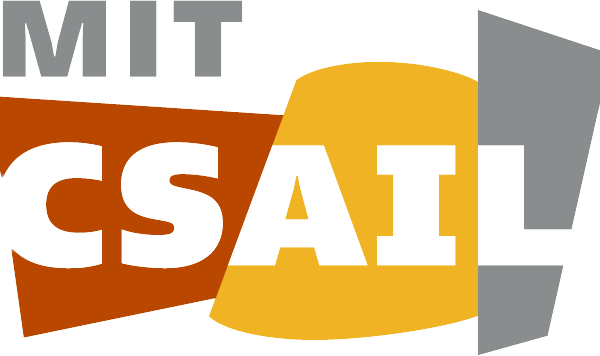Images
Stock Images
TIG provides a number of stock images. A full current listing can be found in the WebUI https://horizon.csail.mit.edu/ under “Images & Snapshots”. Currently all stock images are Linux based as that is what people seem to want, it is possible to run other operating systems such as FreeBSD or Windows (it is against the terms of licensing to run MacOS in a non-Apple virtual host).
Stock Images are based on upstream Ubuntu see our
quick-start
documentation for information on how to setup remote access and use
the ubuntu account to get root access.
For CSAIL-<foo> images you can also login with your usual CSAIL username and password to have acceess to network fielsystem resources like AFS and NFS in the images that support those.
While the versions may change from time to time we generally provide the
following classes of image the current recommended <VERSION> as
of February 2019 is 18.04LTS:
-
Ubuntu-<VERSION>-amd64:
64bit ubuntu cloud image as distributed by canonical from http://cloud-images.ubuntu.com/
-
CSAIL-Ubuntu<VERSION>-noafs:
A 64bit ubuntu cloud image with CSAIL accounts and TIG configuration management (among other things this allows us roto access to help diagnose problems). As the name suggests this does not give you access to your shared AFS homedirectory but rather creates an empty local home directory on first login. This results in a slightly smaller system with faster, simpler package updates.
-
CSAIL-Ubuntu-<VERSION>:
As above plus AFS home directories This is most similar to our “default” hardware environment.
-
CSAIL-Ubuntu<VERSION>+autofs:
Same as CSAIL-Ubuntu<VERSION> plus access to CSAIL NFS storage via the auto mounter
Custom Images
Note that you will get best performance from “raw” images.
Image snapshots
The easiest thing to do to create a custom image is to boot one of the provided generic images, make the changes you need, then take a snapshot with either the web or cli tools (cli instructions). You can then use that snapshot as the basis for launching new instances.
Custom images from scratch
For documentation on image creation from scratch see http://docs.openstack.org/trunk/openstack-image/content/
Essentially you make a KVM based VM on your local system and then import
the virtual disk using the glance cli once you have it set to your
liking. Remember to use “raw” type virtual disk rather than the default
“qcow2” type.


